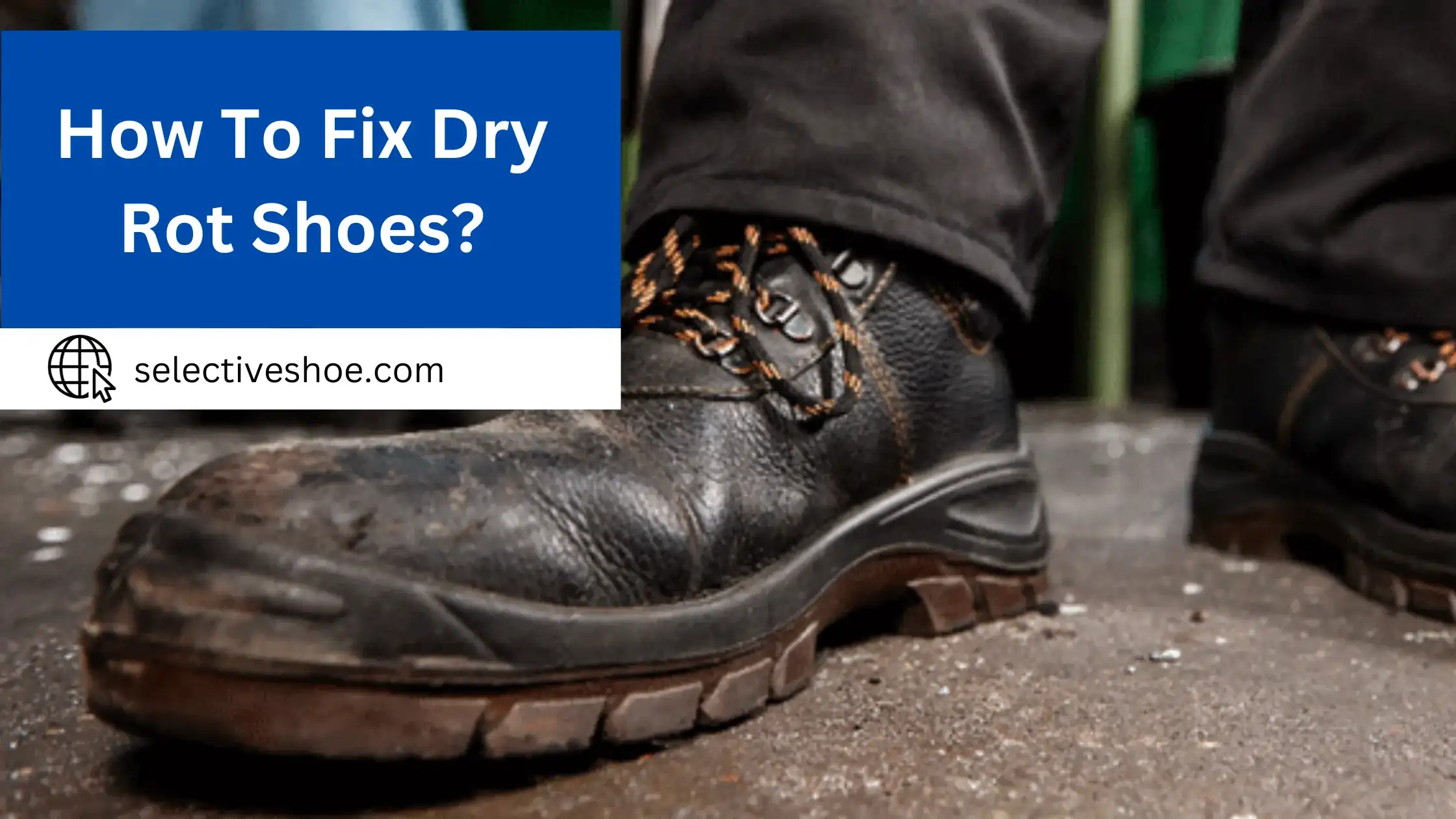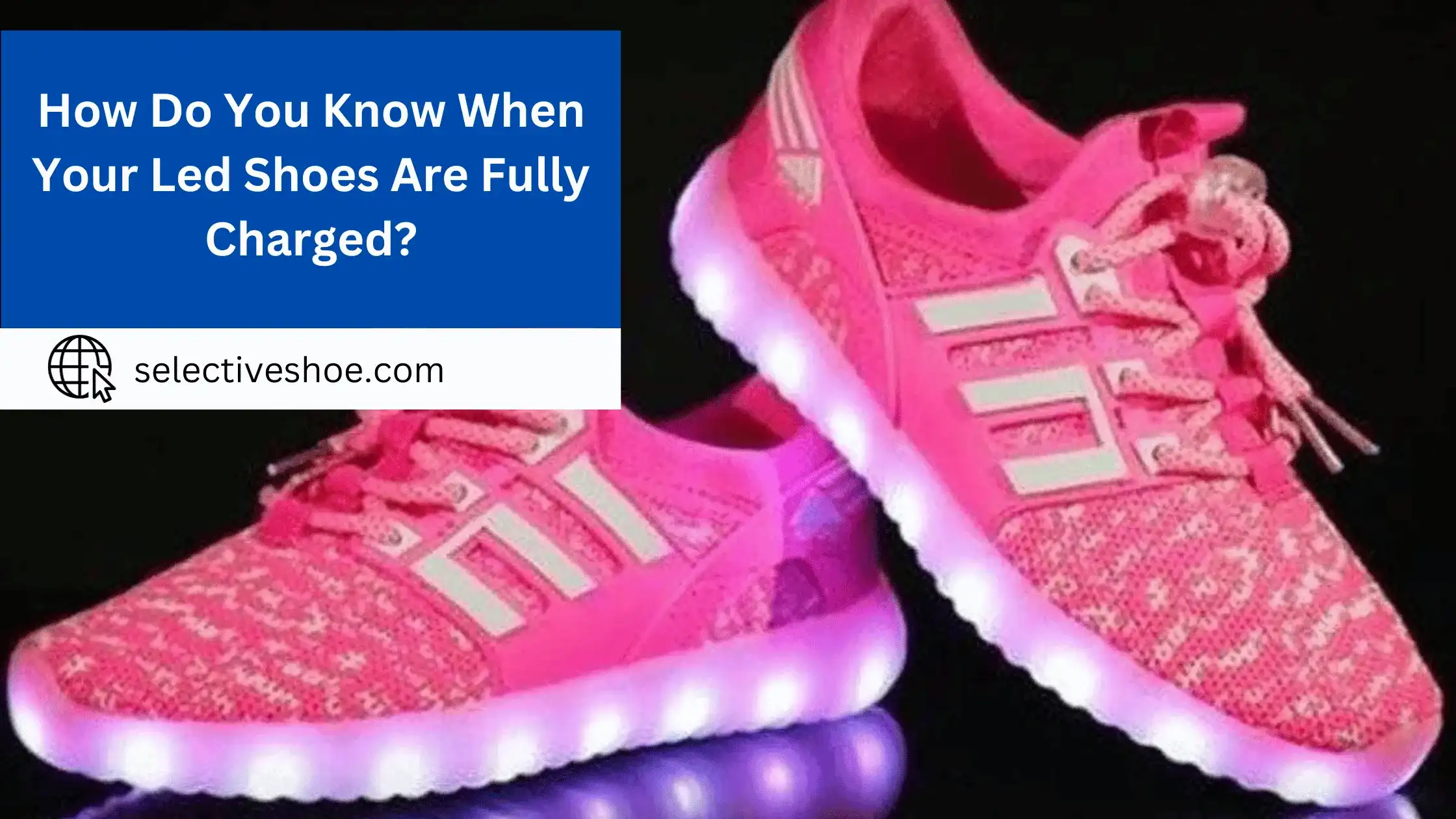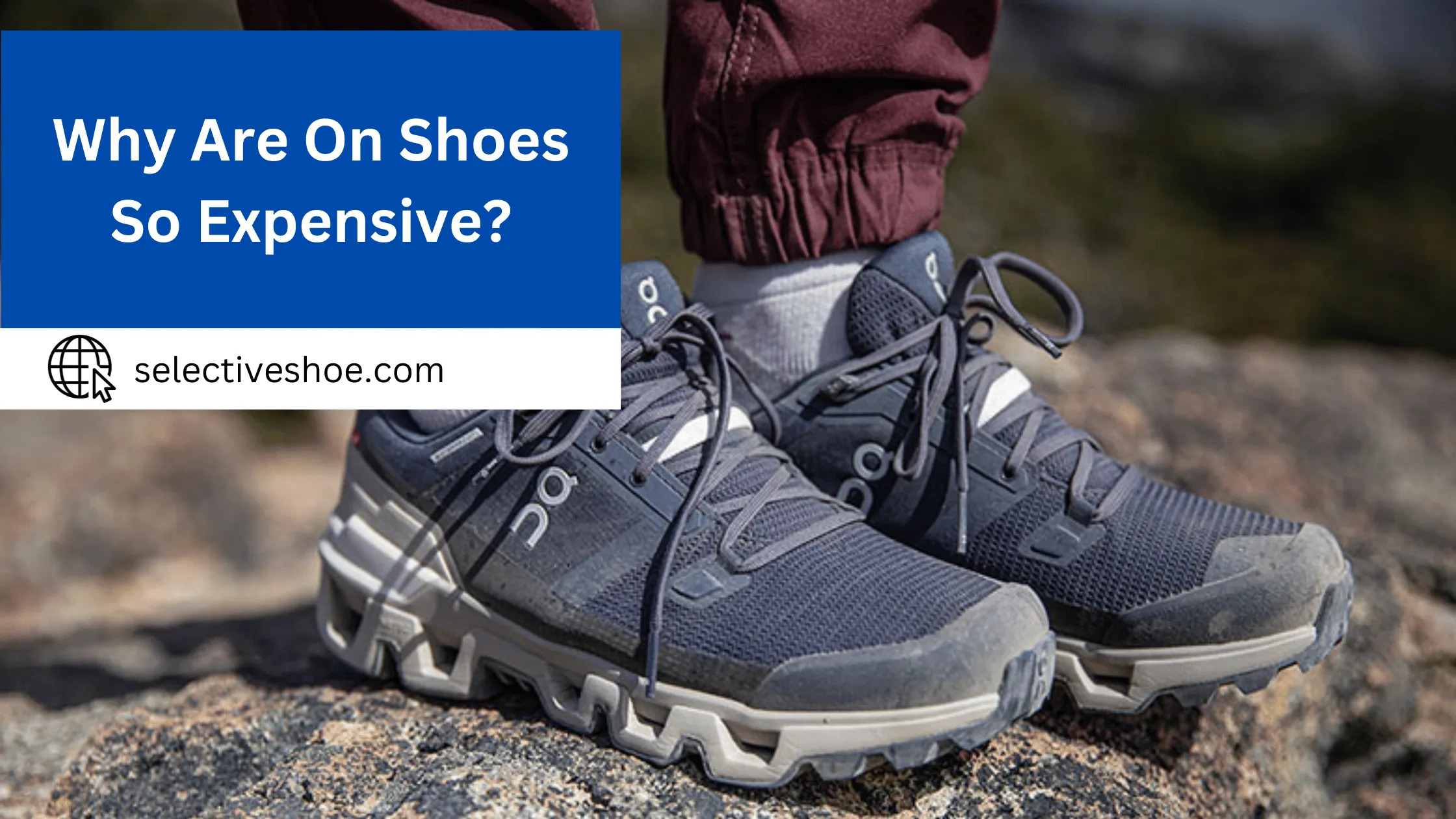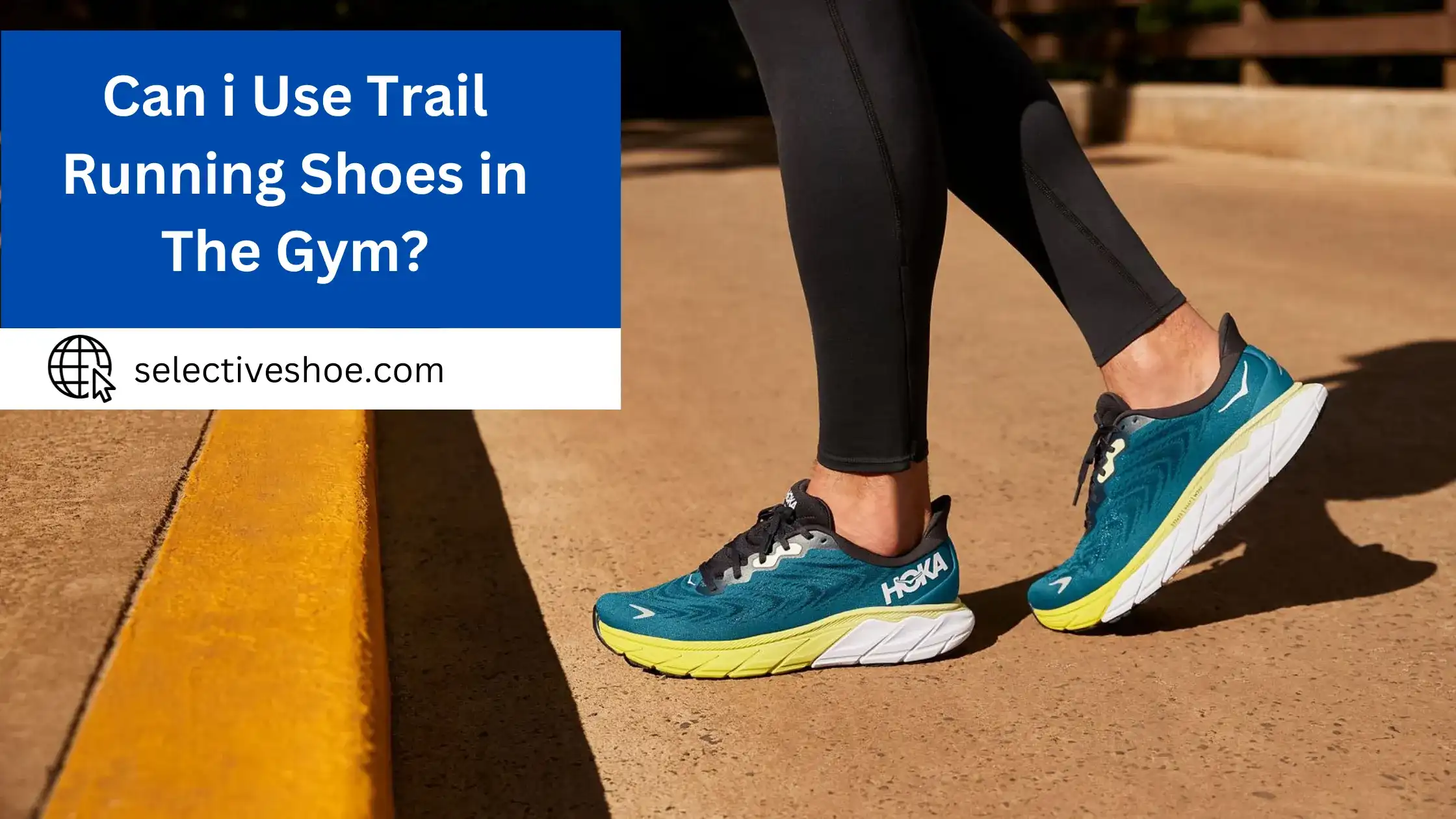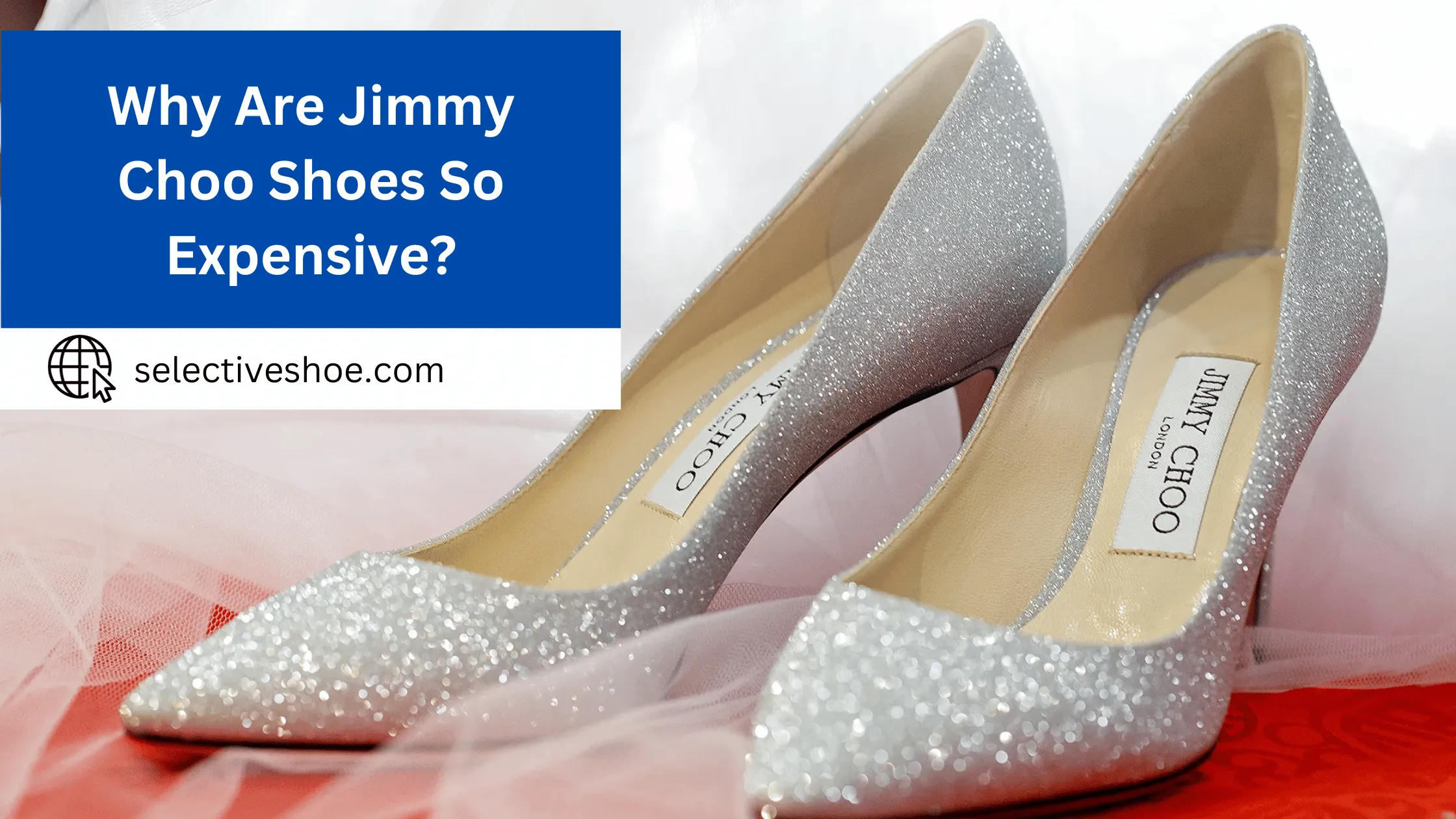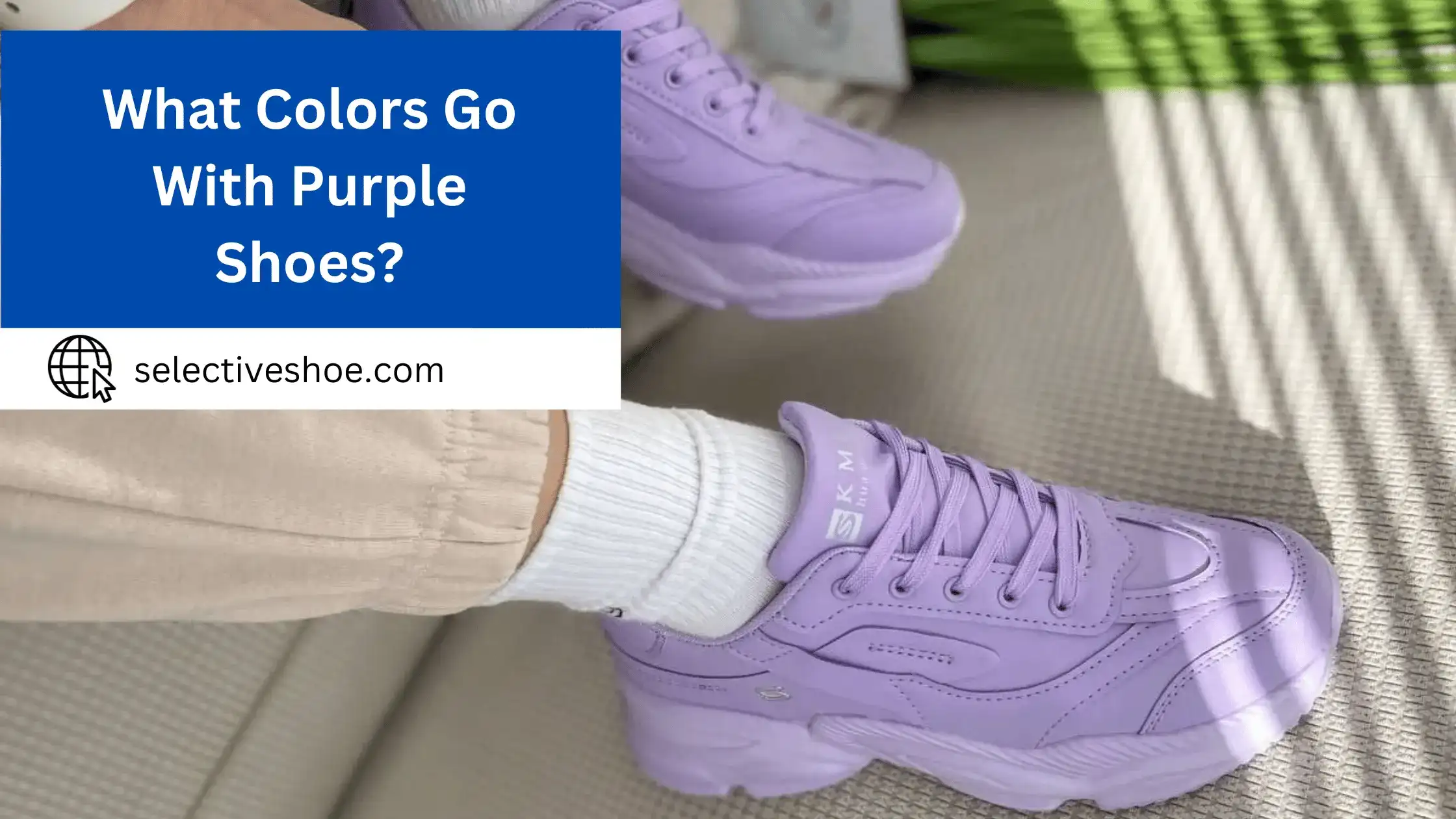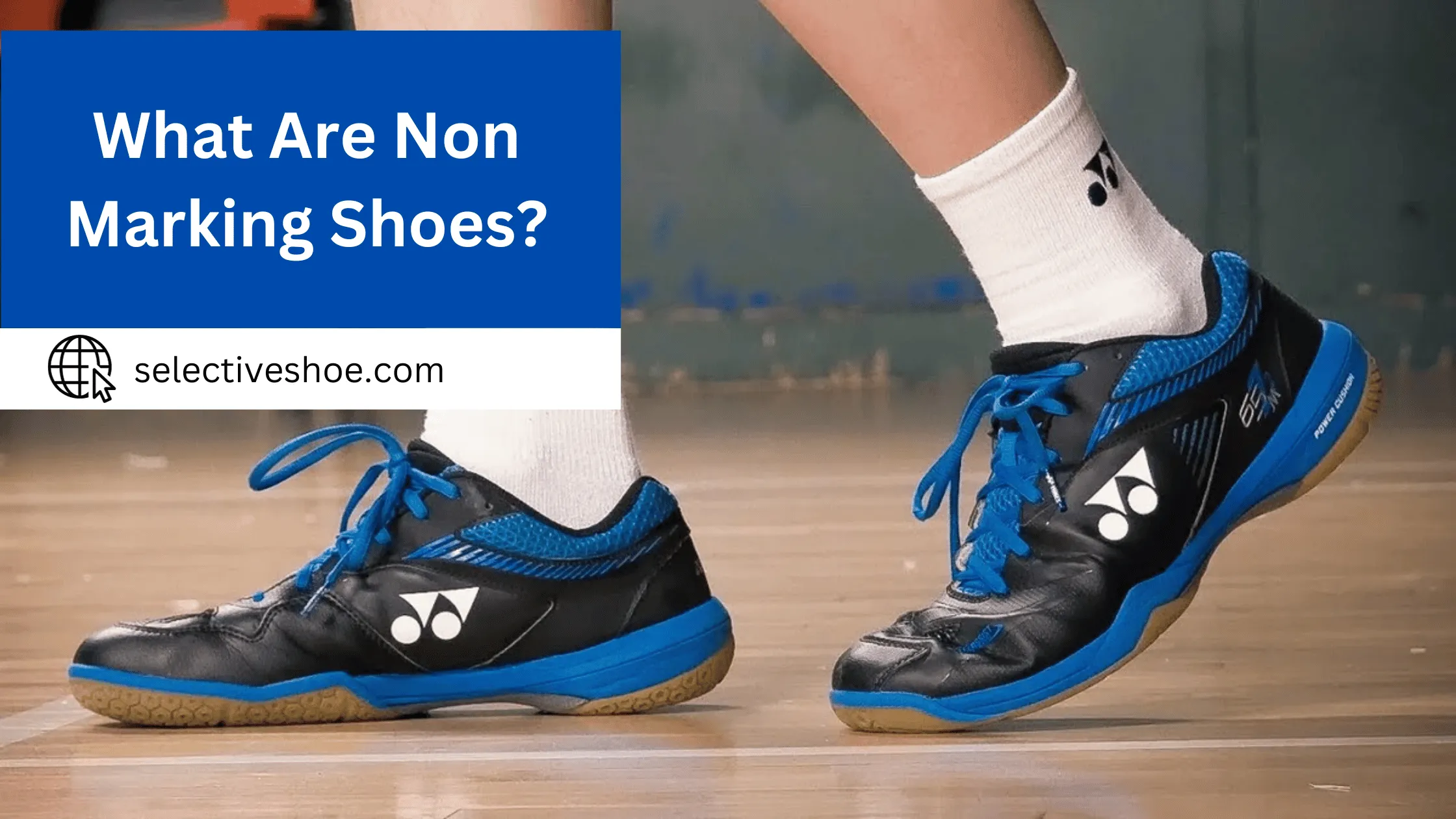Shoes are often an integral part of a person’s outfit, but unfortunately, they can quickly become worn out due to the gradual build-up of dirt and unwanted elements. Dry rot shoes are one common problem most shoe owners face when their footwear takes on a stale, aged look over time.
We will provide helpful tips and tricks for repairing dry rot from your shoes so you don’t have to throw out your favorite pair. Fortunately, you can take steps to fix dry rot in your shoes and extend their useful life.
Step-by-Step Guide On How To Fix Dry Rot Shoes:
Here’s a step-by-step guide to understanding how to fix dry rot shoes:
Step 1. Identify The Affected Area:
The first step in fixing dry rot is to identify the affected area. Look for any discoloration, cracks, or flaking on the material of your shoes. These signs of dry rot may indicate areas that must be addressed. Take note of all the areas that need attention.
Step 2. Clean And Dry The Shoes:
Before beginning any repairs, it is essential to clean your shoes thoroughly. Use a gentle soap or leather cleaner to remove any dirt or debris from the surface. Then, allow your shoes to dry completely in a well-ventilated area. Avoid using heat sources to speed up the process, which can further damage the material.
Step 3. Patch Up Cracks And Tears:
You can use a leather repair kit to patch small cracks or tears in leather shoes. Follow the instructions carefully, and make sure to blend the color of the patch with your shoe’s original color. You can use a rubber patch or adhesive to cover any damaged areas for rubber shoes.
Step 4. Apply Conditioner or Oil:
To prevent future dry rot, it is essential to keep the material of your shoes moisturized. You can use a leather conditioner or oil for leather shoes and a rubber protector for rubber shoes. These products help seal moisture and protect the material from further damage.
Step 5. Store Your Shoes Properly:
Proper storage is critical to preventing dry rot in shoes. Always store them in a cool, dry place with good ventilation. Avoid leaving them in direct sunlight or damp areas, as this can accelerate the growth of mold and mildew.
Step 6. Regular Maintenance:
Finally, to keep your shoes in good condition, it is essential to regularly clean and condition them. Remove any dirt or debris after each wear and apply a conditioner or oil every few months. This will help keep the material of your shoes hydrated and prevent dry rot from occurring again.
Fixing dry rot in shoes requires immediate repairs and ongoing maintenance. By following these steps, you can not only fix existing dry rot but also prevent it from happening.
Detecting Dry Rot. Signs Your Shoes May Be Affected:
Detecting dry rot early is essential to salvaging the shoes or preventing further damage. Here are signs that your shoes might be affected by dry rot:
- Brittleness
- Discoloration
- Musty Odor
- Powdery Residue
- Visible Mold or Fungus
- Shoe Material Easily Tears
- Change in Texture
- Shrinkage
- Cracking
- Hollow Sound
Prevention Is Better Than Cure. Tips To Avoid Dry Rot In Shoes:
Dry rot in shoes is caused by fungi that break down natural materials like leather. Here are some preventative measures to ensure your shoes remain free from dry rot:
- Store your shoes in a well-ventilated area. Avoid damp basements or attics where moisture can accumulate. Shoe trees can help retain the shoe’s shape and allow for better air circulation.
- Dust and dirt can trap moisture. Regularly cleaning your shoes, inside and out, can prevent the accumulation of moisture and reduce the risk of fungal growth.
- Wearing the same pair of shoes daily can trap moisture from sweat, creating an environment for fungi. Rotate between different pairs to give each pair time to dry out.
- Placing desiccant packets (like silica gel) inside shoes can help absorb excess moisture.
- While it might be tempting to dry wet shoes near a heater or using a hairdryer, direct heat can damage the shoe material. Instead, let them dry naturally in a well-ventilated area.
- Regularly apply a leather conditioner to keep the material supple. Dry leather is more susceptible to dry rot.
- Ensure that the storage spaces, like closets or shoe racks, are free from dampness. Occasionally, airing out these spaces can be beneficial.
Product Recommendations. Best Products For Treating Dry Rot In Shoes:
If you suspect your shoes show signs of dry rot, treating them promptly is essential. Here are some product recommendations:
Bickmore Bick 4 Leather Conditioner:
This product is excellent for keeping leather hydrated and supple, preventing it from drying out and becoming susceptible to rot.
Obenauf’s Heavy Duty LP:
It is designed for leather products and offers protection from drying out and potential fungi and molds.
Atsko Sno-Seal:
Initially meant for waterproofing, it also conditions leather, making it more resilient against potential dry rot.
Desiccant Packets:
As mentioned, these packets, often containing silica gel, can be placed inside shoes to absorb moisture and prevent fungal growth.
Moneysworth & Best Shoe Trees:
Cedar shoe trees not only help retain the shape of your shoes but also absorb moisture, preventing conditions favorable for dry rot.
When To Say Goodbye. Assessing When Shoes Are Beyond Repair:
Here’s how to assess when shoes might be beyond repair:
Irreparable Upper Damage:
If the upper part of the shoe, especially leather shoes, has deep cracks, holes, or severe fading, restoring them to a wearable condition might be challenging. Such damage often affects the shoe’s structural integrity.
Sole Separation:
While soles can be glued or stitched back, repeated separations or issues in multiple areas might indicate a deeper structural problem.
Mold or Dry Rot:
If shoes have been stored in damp conditions and have signs of mold or dry rot, the material’s integrity is often compromised. Such damage can be hard to reverse and, in the case of mold, can also be a health concern.
Worn Out Insoles:
If the shoe’s insole is severely worn out, causing discomfort or affecting your gait, and can’t be replaced or repaired, it might be time to part ways.
Irreparable Water Damage:
Water can cause severe damage, especially to leather shoes. The material might be permanently damaged if it is soaked and dried multiple times without proper care.
Overstretched or Shrunk:
If shoes have been stretched beyond recognition or shrunk (due to factors like water exposure) and no longer fit correctly, they might be beyond salvation.
Conclusion:
Taking care of dry rot on shoes is an important obligation that any owner should take seriously. By understanding the causes and signs of dry rot, you can ensure a longer life for your shoe and protect it from the negative consequences of this condition. Don’t forget to inspect your shoes regularly, whether made from leather or cloth, so you can prevent dry rot from forming in the first place. After following the advice given above, you should be able to enjoy wearing your favorite pair of shoes for much longer!
Fortunately, there are several remedies to fix and protect dry rot shoes. Clean the shoes with water and soap to remove any dirt or debris. Then, use a scrubbing brush and warm water to remove dead rotted spots. After cleaning the material, apply multiple coats of leather conditioner and waterproofing spray for an added layer of protection from the elements.
Finally, use shoe polish to improve the appearance of your leather footwear, and store them in a cool, dark area whenever possible. With a few preventative steps, you can keep your leather shoes in excellent condition even after years of wear. So, if you want to repair or salvage your dry-rot shoes, try these tips today!
